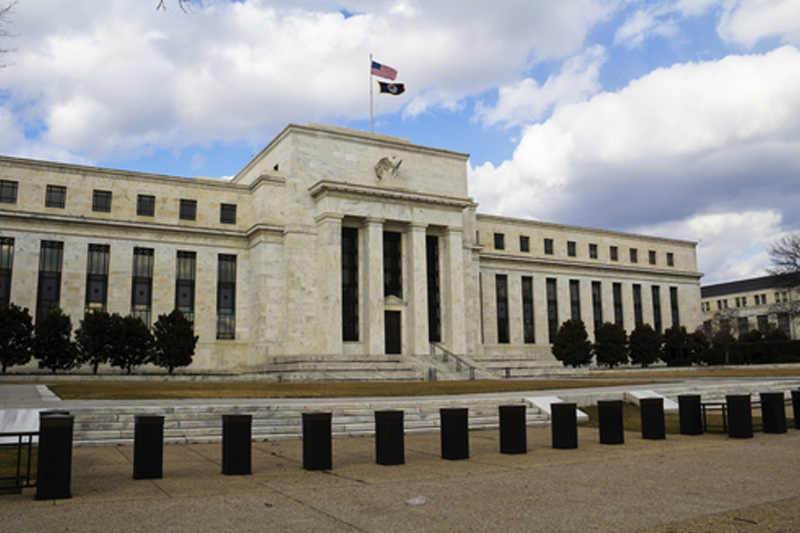(Bloomberg Opinion) -- Recent speeches by Federal Reserve policy makers make clear that they have reduced their reliance on estimates of the long run neutral level of interest rates as a guide for monetary policy. Going forward, market participants will need to more closely scrutinize the central bank's Summary of Economic Projections for clues as to where rates may be headed. Those forecasts currently point to a fairly hawkish path for monetary path. Not only do they indicate policy will eventually turn restrictive, but they also suggest policy will remain restrictive even as economic growth slows. In other words, the Fed doesn’t anticipate turning tail on their policy path even if the economy dips next year.
In his press conference two weeks ago, Fed Chairman Jerome Powell intentionally highlighted the importance of the forecasts as playing an “important role in our work,” likely in order to turn the focus away from questions about where he believes the neutral rate of interest lies. The Fed's so-called dot plot of interest-rate projections are forecasts, not promises, and although market participants focus on the median values of those forecasts, they reveal considerable uncertainty about the path of policy.
That's not to say those rate forecasts don't provide useful guidelines by which to form expectations about the path of policy. When evaluating the dots it's important to ignore the median dots as they don't represent a consensus forecast; there is no such thing. Instead, focus on the general path of the projections because that path has an important story to tell.
The basic pattern of the dots reveals rates rising above the long range estimates of what is considered neutral. This suggests that essentially all central bankers -- hawks and doves -- expect policy rates to eventually become restrictive. Some believe policy becomes restrictive at a higher rate, others at a lower rate, but all foresee policy become tight enough to curb growth. Remember, in the Fed’s models, they need to maintain at least a slightly restrictive policy to guide the unemployment rate higher. A neutral policy would leave the unemployment rate at levels they believe are consistent with excessive inflationary pressures over time.
I suspect the Fed will dig their heels in on this point after seeing the September jobs report released Friday. A combination of weak labor force growth, solid employment growth, a lower unemployment rate and firmer wage gains will tend to support their the Fed's view that the labor market needs to cool substantially to prevent inflationary pressures from building. Regardless of the estimate of the neutral interest rate, central bankers probably won't think policy is restrictive until they see a pullback in the pace of activity.
But how much of a pullback are they looking for before the rate cycle peaks? The basic pattern of dots reveals an expectation that rates continue to rise into 2020 even though central bankers expect economic activity to slow after this year. That’s important because it suggests the bar to an extended pause in the rate-hiking cycle is fairly high and even if the economy begins to slow, Powell and his fellow policy makers expect to maintain a tightening bias. Again, the way their models work, restrictive policy is necessary to relieve inflationary pressures.
The implication is that if you expect the Fed to panic at the first sign of slower growth and stop raising rates, you are mistaken. That’s probably why the Fed appears relatively unphased by risks such as slower growth and the threat of trade wars. It isn’t until the Fed anticipates unemployment begins rising in 2021 that the pattern of dots shifts toward a possible cut (although the median dot remains the same as 2020). In other words, The Fed looks positioned to tighten policy to a restrictive stance and hold that stance until economic growth looks likely to slow toward something closer to trend growth, which is roughly 1.8 percent.
